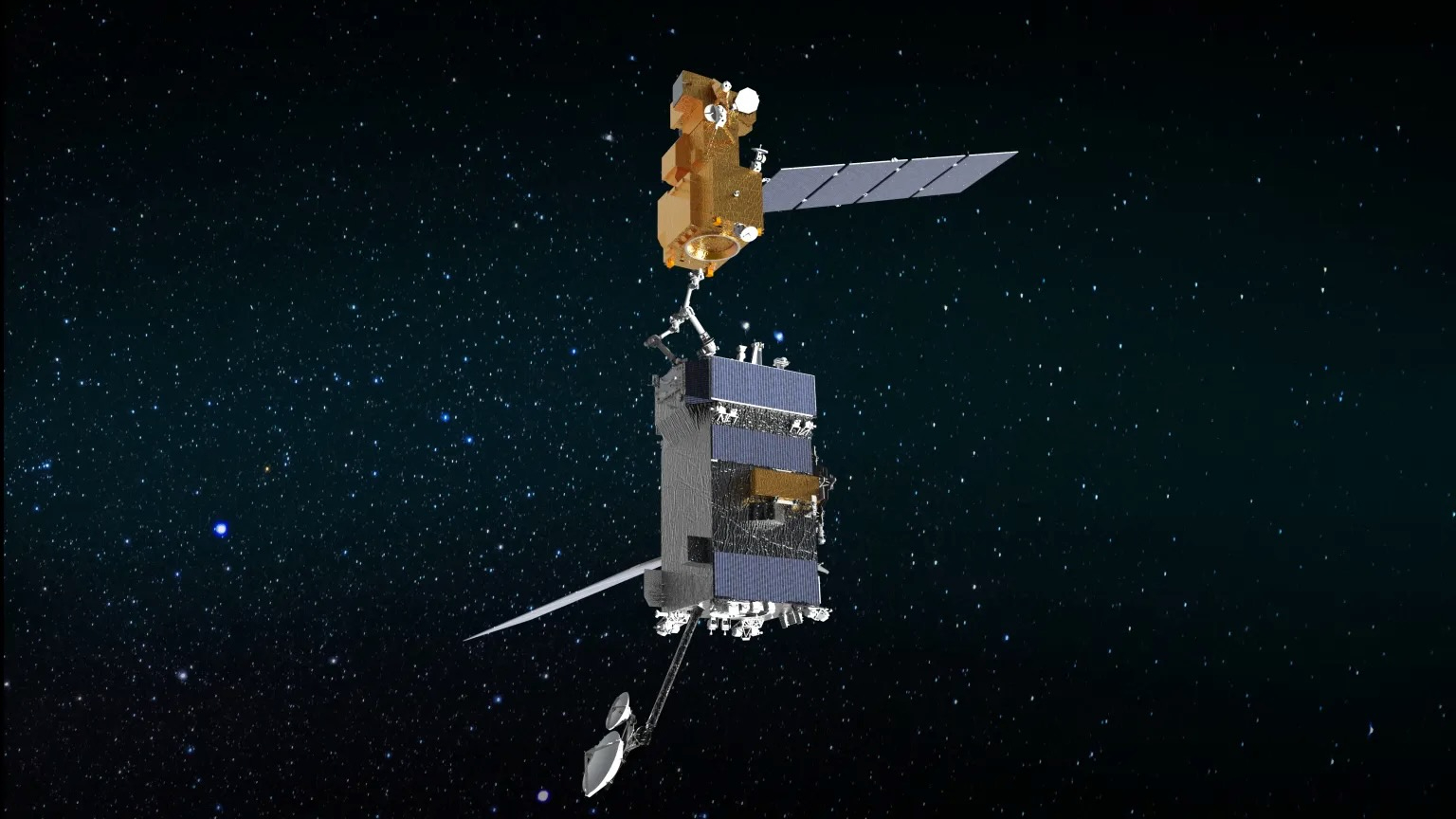
TAMPA, Fla. — Starlink’s lead executive in India said he resigned Friday for personal reasons, a month after the country’s government ordered SpaceX to stop preselling the satellite broadband service until it gives regulatory approval.
“I have stepped down as Country Director and Chairman of the Board of Starlink India for personal reasons,” Sanjay Bhargava said in a Jan. 4 LinkedIn post.
“My last working day was December 31, 2021. I will have no comments for individuals and media so please respect my privacy.”
Bhargava started the role Oct. 1, when he said preorders in India had crossed the 5,000 mark, amid a “stretch target” to have 200,000 Starlink terminals active in December 2022.
However, India’s Ministry of Communications issued a Nov. 26 statement instructing SpaceX to “refrain from booking/rendering” Starlink services “with immediate effect” because the company did not have a license to operate in the country.
In the days that followed, SpaceX appeared to be still accepting $99 preorder deposits via Starlink’s website for addresses in India.
But the website now tells prospective subscribers: “Starlink is not yet available in your area due to pending regulatory approval. As we receive approvals our coverage area will continue to expand, so please check back for future availability in your area.”
In a LinkedIn message written one month ago, Bhargava said: “We hope to have applied for a commercial license on or before 31st January 2022 (unless we hit some major roadblock).”
Hours before Bhargava announced his resignation, Reuters, TechCrunch and others reported that SpaceX emailed customers in India to say that preorder deposits would be refunded until Starlink is licensed to operate in the country.
“Unfortunately, the timeline for receiving licences to operate is currently unknown, and there are several issues that must be resolved with the licensing framework to allow us to operate Starlink in India,” SpaceX said in a Jan. 4 email, according to Reuters.
SpaceNews has not independently confirmed the email. SpaceX and India’s Ministry of Communications did not immediately respond to SpaceNews’ request for comment.
SpaceX has launched nearly 1,950 Starlink satellites to low Earth orbit to date, of which about 1,800 are in orbit.
The company is reportedly planning to launch its latest batch of Starlink satellites on a Falcon 9 rocket Jan. 6 from NASA’s Kennedy Space Center in Florida.
Starlink recently said more than 750,000 people worldwide have preordered its services.
SpaceNews correspondent Park Si-soo contributed to this story from Seoul, South Korea.
Note: This article have been indexed to our site. We do not claim legitimacy, ownership or copyright of any of the content above. To see the article at original source Click Here












